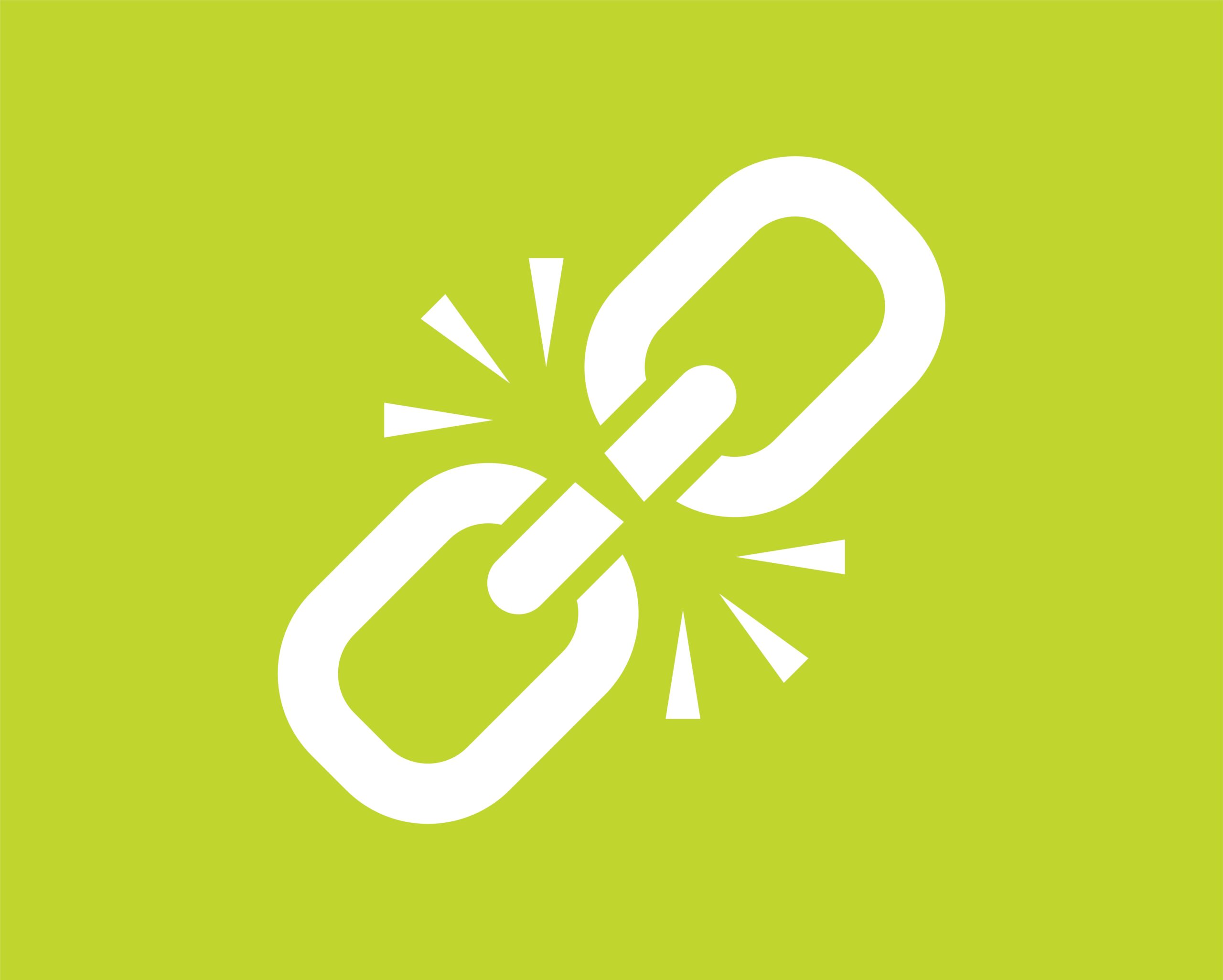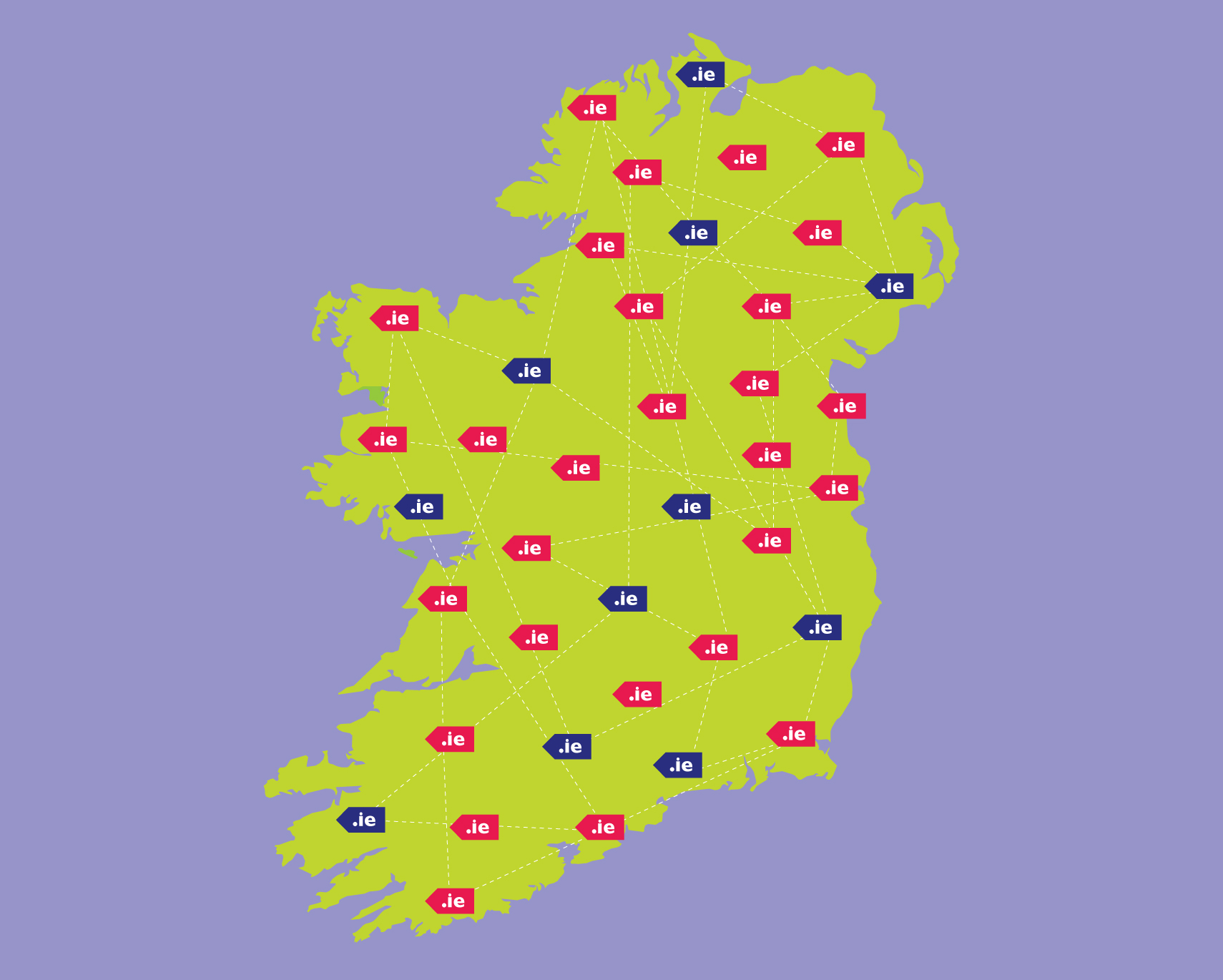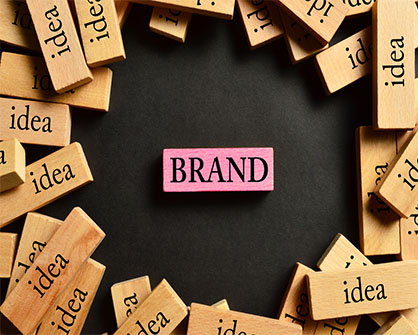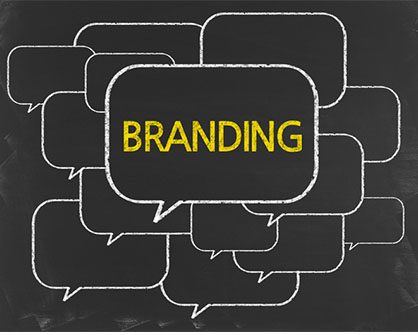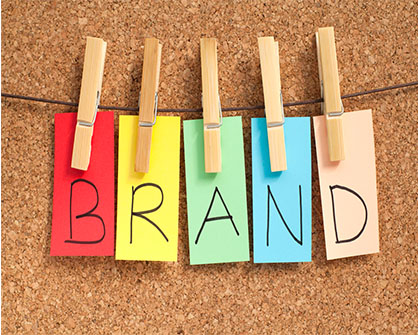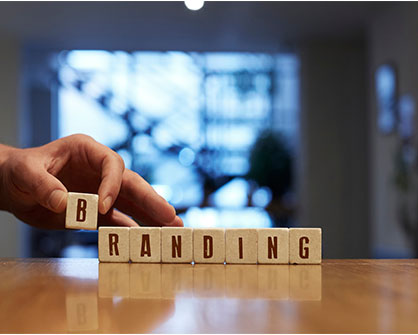A link building process should be central to every website’s SEO strategy. But what exactly are links, and why are they so important?
What are links?
Links are the streets and avenues that connect websites. According to moz.com ‘search engines have treated links as votes for popularity and importance in the ongoing democratic opinion poll of the web. Links aren’t everything in SEO, but search professionals attribute a large portion of the engines’ algorithms to link-related factor.’ So in other words, link building is important to boost your web ranking and website traffic. It helps algorithms see what websites are indirectly connected, helping them with quality control. To put it another way – ‘your tribe is your vibe’!
Link building is the process of ‘earning’ links for your website from other external websites. Backlinks can be received from social media websites and other directories, but usually come from blog posts and the content of other websites. Ideally, you would hope to receive backlinks from other companies in your industry and field. For example, a farm compliance application company may reach out to big players in the agriculture industry, such as Bord Bia. But how to you plan an excellent link building campaign?
Here are Idea’s Top 5 recommendations:
(1) Create quality content
Before you set out trying to gain quality backlinks to your website, you have to give these websites a reason to share your links in the first place. Writing quality blog posts or articles on an industry-specific topic will surely stand out to the websites that you hope to receive recognition from. Try and make your pieces long, elaborate and thought-provoking. Don’t throw in random industry buzzwords where they don’t make sense. The algorithms will outsmart you!
(2) Guest post on other websites
Posting on industry-related websites is so key to link building. Make it a win-win situation and ask the owner of the website you are posting on to write one for your website too. More people will come across your website name and links which is sure to drive more traffic to your website. It’s a win/win for everyone!
(3) Be wary of websites linking to you
When it comes to receiving backlinks from other websites, you should focus on quality over quantity. A quality backlink is a link that comes from a reputable, well-respected website with a high Domain Authority (DA). A website with a DA score of over 60 is considered good, 40-59 ok but anything less than 40 isn’t too great. Receiving links from websites with a low or ‘spammy’ score may be picked up on by Google. Robots will crawl these spammy websites and may also deem your website to be ‘spammy’. Be selective in which websites you receive links from!
(4) Create aesthetic Infographics
Infographics have the potential to add real quality to your websites blog posts/articles. They’re simple, usually colourful, easily shareable and simple to understand. Infographics, when designed correctly, can really stand out on your website. Create an infographic that provides value to your reader. In turn, these people are likely to share your infographic on their website. Even better!
(5) Share your content all over social media
Creating and sharing content on social media platforms is a great way to improve your backlink strategy as Google uses social signals for rankings. The best way to gain attention and traction on social media websites such as Facebook and Instagram in particular, as well as Twitter is to run a competition that is sure to engage with your customers and increase the number of links going back to your website.
Do you have questions about your website’s SEO or online strategy? Why not talk to Idea – info@idea.ie.
We help businesses to grow online by providing various professional services like:
- Branding
- Advertising
- Social media marketing
- Graphic design
- Digital marketing
- Marketing Consultancy
- Video marketing
- Web Design
- Web development
Follow Idea Digital to stay updated with the latest social media trends , tips and tricks and other Irish News
Also if you want to start your career in Digital Marketing filed, Contact us today we’re hiring!
